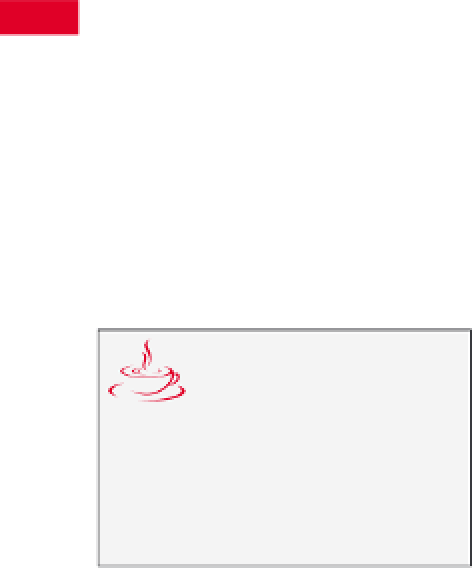Travel Reference
In-Depth Information
162
to 7pm, and Thursday through Sunday
from 10am to 7pm (
&
495/698-3706
).
It's closed the first Monday of each month.
Head to the building next door, the last one along
the row, just beneath the hotel driveway:
4
St. George's Church
This church was built in two different
eras, the 16th and 18th centuries, and its
two parts remain different colors as if to
draw attention to the church's split person-
ality. It's the only one of Varvarka Street's
churches to hold regular services; you may
see an Orthodox wedding if you're here on
a weekend.
Head up the stairs to Varvarka proper, and continue
down the hill. The street opens onto a busy intersec-
tion that can be crossed only by underground walk-
way. The sole remaining part of the 16th-century
Varvarka gate tower is the white stone base, still visi-
ble in the underground passage. Once you're under-
ground, continue straight along your trajectory from
Varvarka. Take the first stairwell on your left aboveg-
round. You should emerge in front of:
5
Cyril and Methodius Monument
Perched in the middle of Slavic Square,
this monument portrays the two 9th-cen-
tury monks credited with inventing the
Cyrillic alphabet, used in Russia and many
Slavic countries to this day.
Up the hill behind the monument
stretch the leafy slopes of Novaya
Ploshchad (New Square), crisscrossed by
shaded paths lined with benches.
boom, the museum now houses (rather
outdated) collections of clocks, rockets,
early movie cameras, typewriters, and
other technological innovations over the
past century. It's open Tuesday through
Sunday from 10am to 6pm (
&
495/623-
0756
). Model robots and electronic
instruments are switched on briefly every
2 hours starting at 11am.
Head to the plaza on the opposite side of the
museum from Novaya Ploshchad, and look across it at
the building that no Russian feels indifferent toward:
7
Lubyanka
The Bolshevik secret police seized this
granite-and-sandstone building from an
insurance company in 1918, and its resi-
dents have spied on Russians ever since. Its
six-story stone facade takes on a sinister
feel when you imagine the persecutions
and interrogations that have gone on here.
Now it's the headquarters of the Federal
Security Service, once led by Prime Minis-
ter Putin.
The bare patch in the grass across from
Lubyanka is the site where a monument to
Soviet secret police founder Felix Dzerzhin-
sky stood for decades before pro-democracy
protesters tore it down in 1991.
In the little green space between Lubyanka and the
Polytechnical Museum, note the small stone and
plaque:
8
Monument to Victims of Soviet
Repressions
A lonely slab of stone from the Solovetsky
Islands, an Arctic prison camp for enemies
of the Soviet regime, honors the millions of
people repressed by the Soviet government.
The stone was brought here and placed
across from Lubyanka during the soul-
searching days after the Soviet collapse, but
gatherings here have dwindled in recent
years as new concerns occupy Russian
minds. A nearby plaque written in English
and Russian tells visitors to contact Memo-
rial, Russia's leading human rights organiza-
tion and the group responsible for the
monument, for more information.
7
TAKE A BREAK
There are several midrange
cafes along the east side of
Novaya Ploshchad,
but if the weather's
fine, a better alternative is an ice cream or
snack from the street vendors nearby. You
can perch on a bench or flat stone in the
square for a rest and a mini-picnic.
At the top of Novaya Ploshchad, the square opens
onto a neo-Gothic, mustard-colored building:
6
The Polytechnical Museum
Built in the 1870s to promote science and
technology during Russia's industrial


